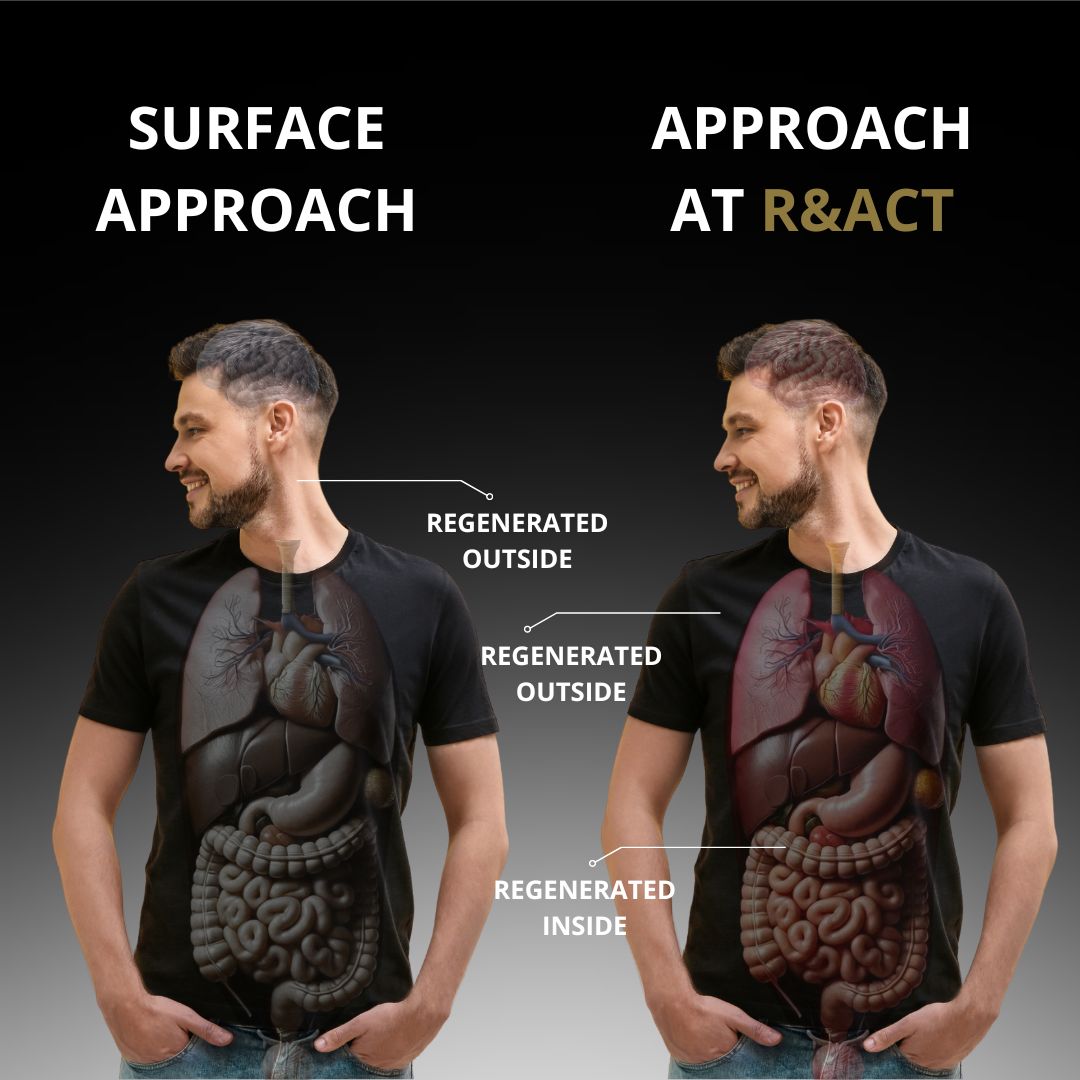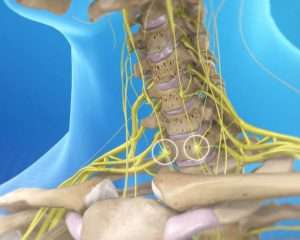Ultrasound-Guided Stellate Ganglion Block (SGB) Procedure
What is it? The stellate ganglion block (SGB) is a minimally invasive procedure that targets a collection of nerves in the neck called the stellate ganglion, which is part of the sympathetic nervous system. This block is used to manage conditions related to overactivity of these nerves, particularly chronic pain, migraines, anxiety, post-traumatic stress disorder (PTSD), and certain vascular disorders.



PTSD/Mental Health Treatment for First Responders & Military
First responders and military are uniquely exposed to traumatic and high-stress situations on a regular basis, putting them at increased risk for developing PTSD, anxiety and depression. The constant exposure to life-threatening events, violence, and suffering takes a toll on their mental health. And this impacts not only the personal well-being of those who served. Their families also often bear the weight of the emotional and psychological strain that comes with the job.
How Does It Work?
Using ultrasound guidance, an anesthesia provider accurately injects a local anesthetic into the stellate ganglion, temporarily blocking the nerve signals. The ultrasound imaging allows precise needle placement, reducing the risk of complications and increasing the efficacy of the procedure.
Ready To Book An Appointment?
Ready to schedule your Initial Consultation with our Provider? Click on the link below!


Benefits of SGB:
- Pain Relief: Often used to manage chronic pain in conditions like complex regional pain syndrome (CRPS), migraines, or nerve injuries.
- PTSD and Anxiety: Emerging evidence supports the use of SGB in alleviating PTSD symptoms and reducing anxiety by interrupting overactive sympathetic nerve signals.
- Improved Circulation: For vascular conditions such as Raynaud’s phenomenon, SGB can improve blood flow and reduce symptoms.
- Minimal Downtime: As a non-surgical procedure, SGB typically requires little recovery time, and patients can often resume normal activities the same day.
What to Expect:
-
- The procedure usually takes about 20 to 30 minutes, with a 30 minute monitoring time after the procedure.
- Patients may experience temporary voice hoarseness, a dry, full feeling when swallowing, or a droopy eyelid, all of which are normal and resolve within hours.
- Pain relief and symptom improvement can be immediate or develop over a few days.
For Best Results:
- The SGB is paired with an anti inflammatory IV infusion during the 30 minute monitoring period containing Vitamin C – Sodium Ascorbate, Vitamin B Complex, B12 – Methylcobalamin, Glutathione, Magnesium, Zinc, Taurine, L-Arginine, Alpha-Lipoic Acid (ALA) and NAD+
For more information: Re-Gen & Aesthetics Concierge of Texas, www.ra-tx.com, 214-500-4540
